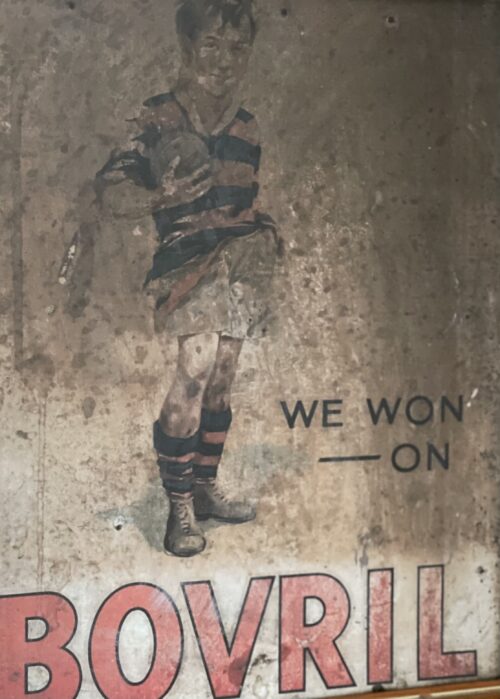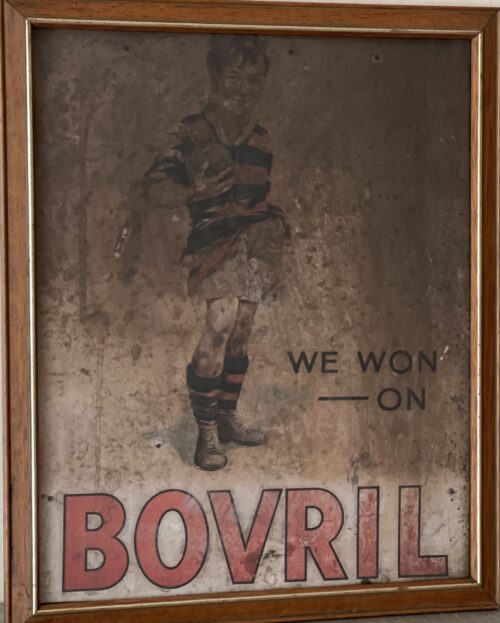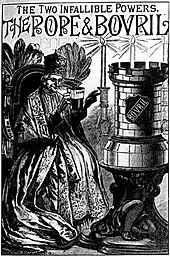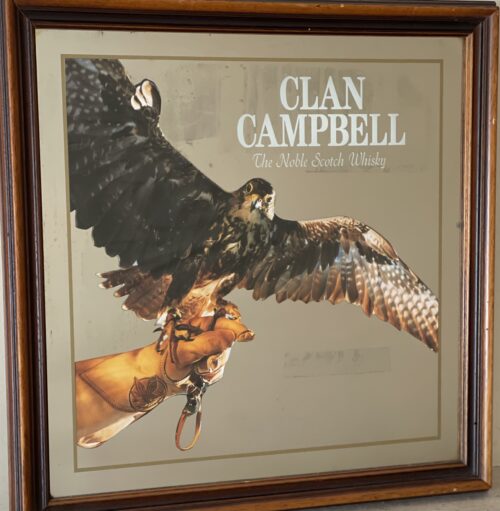














Ireland manager Jack Charlton and assistant Maurice Setters after the loss to Italy in the quarter-finals of the 1990 World Cup




Ireland manager Jack Charlton and assistant Maurice Setters after the loss to Italy in the quarter-finals of the 1990 World Cup









| "Danny Boy" | |
|---|---|

Danny Boy |
|
| Song | |
| Published | 1913 |
| Genre | Folk |
| Songwriter(s) | Frederic Weatherly (lyrics) in 1910 |
| Recording | |
|
MENU
0:00
Performed by Celtic Aire of the United States Air Force Band
|
|
Oh, Danny boy, the pipes, the pipes are calling From glen to glen, and down the mountain side. The summer's gone, and all the roses falling, It's you, It's you must go and I must bide. But come ye back when summer's in the meadow, Or when the valley's hushed and white with snow, It's I'll be there in sunshine or in shadow,— Oh, Danny boy, Oh Danny boy, I love you so! But when ye come, and all the flowers are dying, If I am dead, as dead I well may be, Ye'll come and find the place where I am lying, And kneel and say an Avé there for me. And I shall hear, though soft you tread above me, And all my grave will warmer, sweeter be, For you will bend and tell me that you love me, And I shall sleep in peace until you come to me!


Since the days of O'Connell a larger public demonstration has not been witnessed than that of Sunday last. About 1 o'clock the monster procession started from Claremorris, headed by several thousand men on foot – the men of each district wearing a laural leaf or green ribbon in hat or coat to distinguish the several contingents. At 11 o'clock a monster contingent of tenant-farmers on horseback drew up in front of Hughes's hotel, showing discipline and order that a cavalry regiment might feel proud of. They were led on in sections, each having a marshal who kept his troops well in hand. Messrs. P.W. Nally, J.W. Nally, H. French, and M. Griffin, wearing green and gold sashes, led on their different sections, who rode two deep, occupying, at least, over an Irish mile of the road. Next followed a train of carriages, brakes, cares, etc. led on by Mr. Martin Hughes, the spirited hotel proprietor, driving a pair of rare black ponies to a phæton, taking Messrs. J.J. Louden and J. Daly. Next came Messrs. O'Connor, J. Ferguson, and Thomas Brennan in a covered carriage, followed by at least 500 vehicles from the neighbouring towns. On passing through Ballindine the sight was truly imposing, the endless train directing its course to Irishtown – a neat little hamlet on the boundaries of Mayo, Roscommon, and Galway.Evolving out of this a number of local land league organisations were set up to work against the excessive rents being demanded by landlords throughout Ireland, but especially in Mayo and surrounding counties. From 1874 agricultural prices in Europe had dropped, followed by some bad harvests due to wet weather during the Long Depression. The effect by 1878 was that many Irish farmers were unable to pay the rents that they had agreed, particularly in the poorer and wetter parts of Connacht. The localised 1879 Famine added to the misery. Unlike many other parts of Europe, the Irish land tenure system was inflexible in times of economic hardship.
..."first, to bring about a reduction of rack-rents; second, to facilitate the obtaining of the ownership of the soil by the occupiers". That the object of the League can be best attained by promoting organisation among the tenant-farmers; by defending those who may be threatened with eviction for refusing to pay unjust rents; by facilitating the working of the Bright clauses of the Irish Land Act during the winter; and by obtaining such reforms in the laws relating to land as will enable every tenant to become owner of his holding by paying a fair rent for a limited number of years".Charles Stewart Parnell, John Dillon, Michael Davitt, and others then went to the United States to raise funds for the League with spectacular results. Branches were also set up in Scotland, where the Crofters Party imitated the League and secured a reforming Act in 1886. The government had introduced the first Land Act in 1870, which proved largely ineffective. It was followed by the marginally more effective Land Acts of 1880 and 1881. These established a Land Commission that started to reduce some rents. Parnell together with all of his party lieutenants, including Father Eugene Sheehyknown as "the Land League priest", went into a bitter verbal offensive and were imprisoned in October 1881 under the Irish Coercion Act in Kilmainham Jail for "sabotaging the Land Act", from where the No-Rent Manifesto was issued, calling for a national tenant farmer rent strike until "constitutional liberties" were restored and the prisoners freed. It had a modest success In Ireland, and mobilized financial and political support from the Irish Diaspora. Although the League discouraged violence, agrarian crimes increased widely. Typically a rent strike would be followed by eviction by the police and the bailiffs. Tenants who continued to pay the rent would be subject to a boycott, or as it was contemporaneously described in the US press, an "excommunication" by local League members.Where cases went to court, witnesses would change their stories, resulting in an unworkable legal system. This in turn led on to stronger criminal laws being passed that were described by the League as "Coercion Acts". The bitterness that developed helped Parnell later in his Home Rule campaign. Davitt's views as seen in his famous slogan: "The land of Ireland for the people of Ireland" was aimed at strengthening the hold on the land by the peasant Irish at the expense of the alien landowners.Parnell aimed to harness the emotive element, but he and his party were strictly constitutional. He envisioned tenant farmers as potential freeholders of the land they had rented. In the Encyclopedia Britannica, the League is considered part of the progressive "rise of fenianism".



